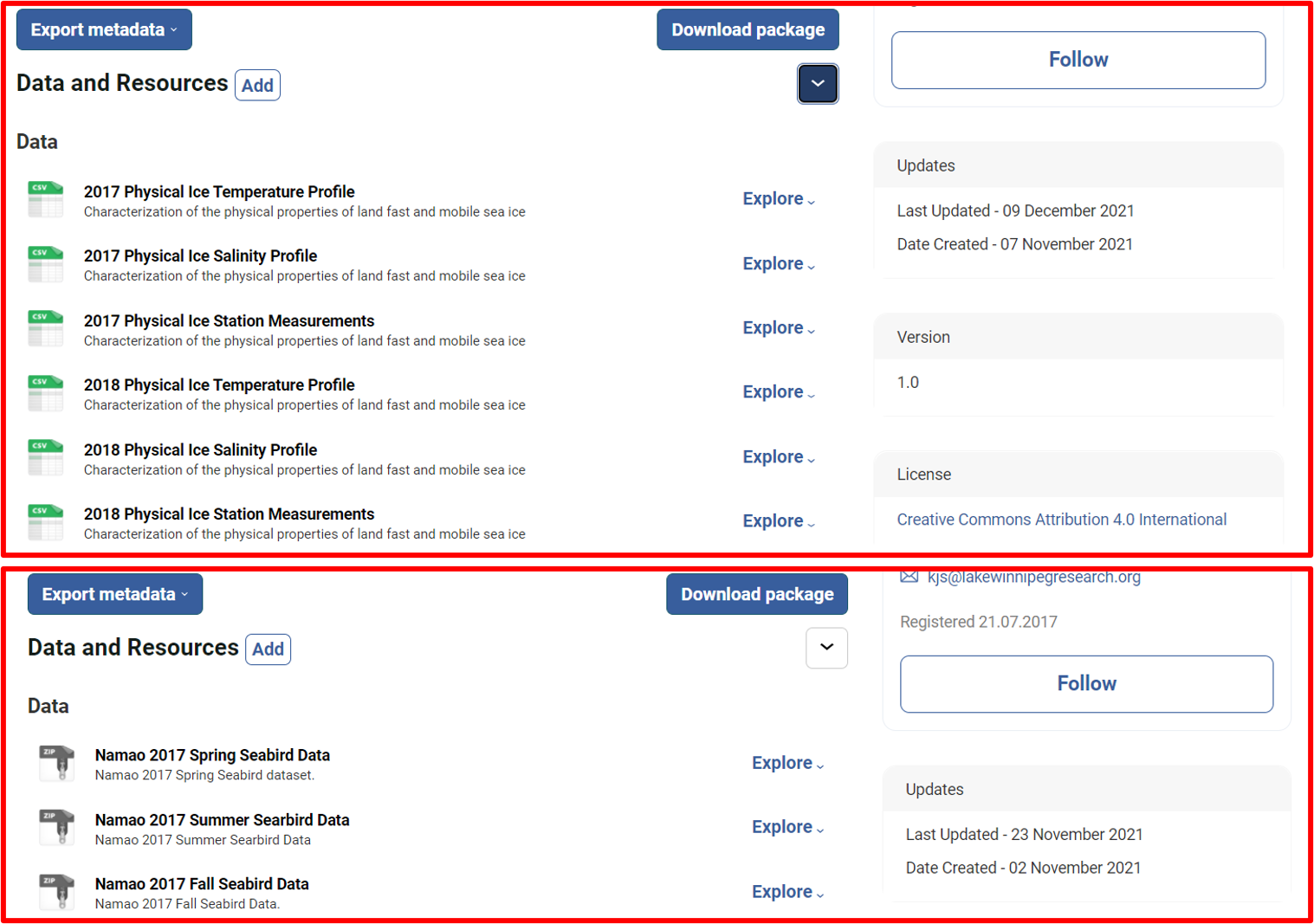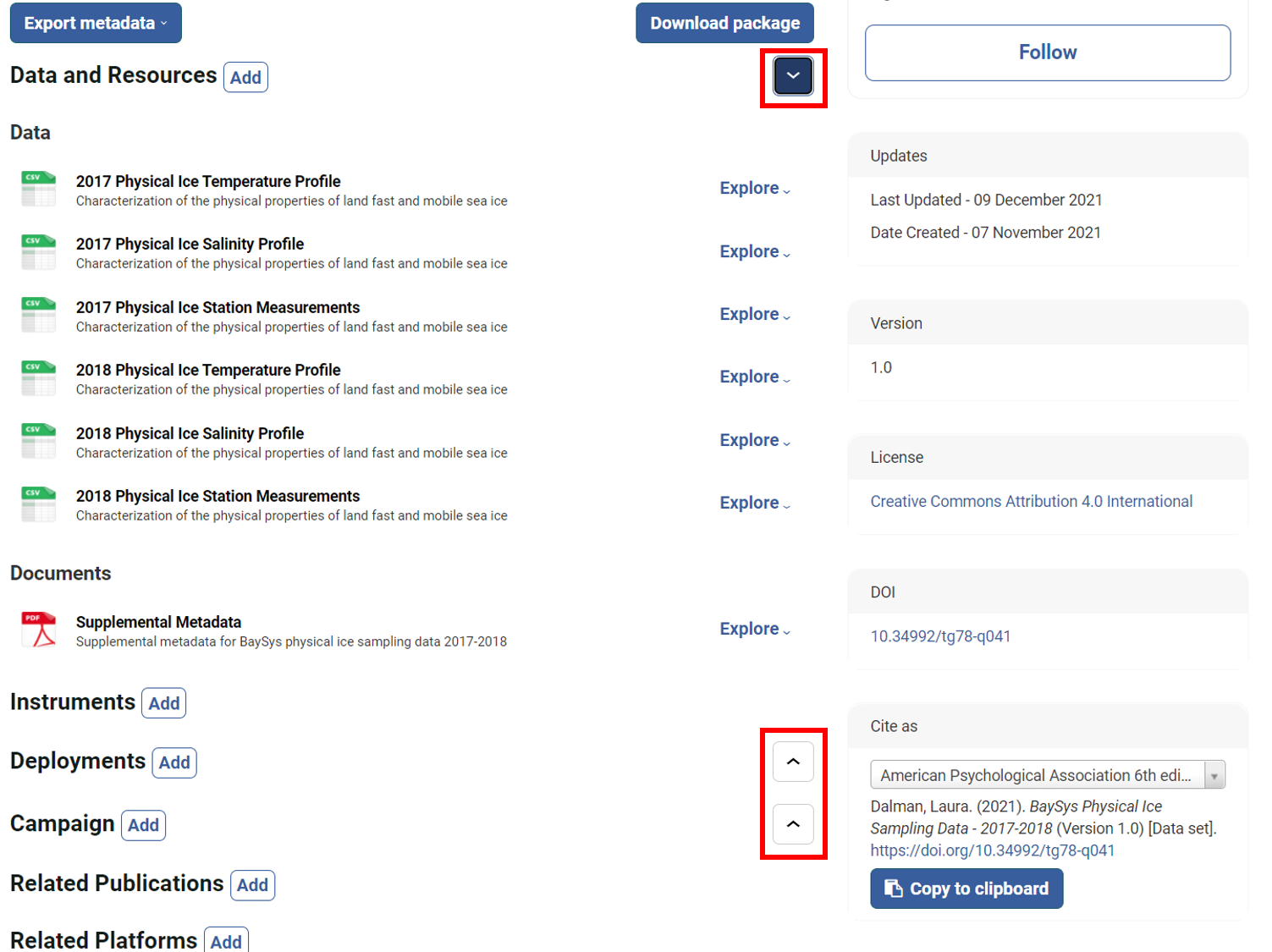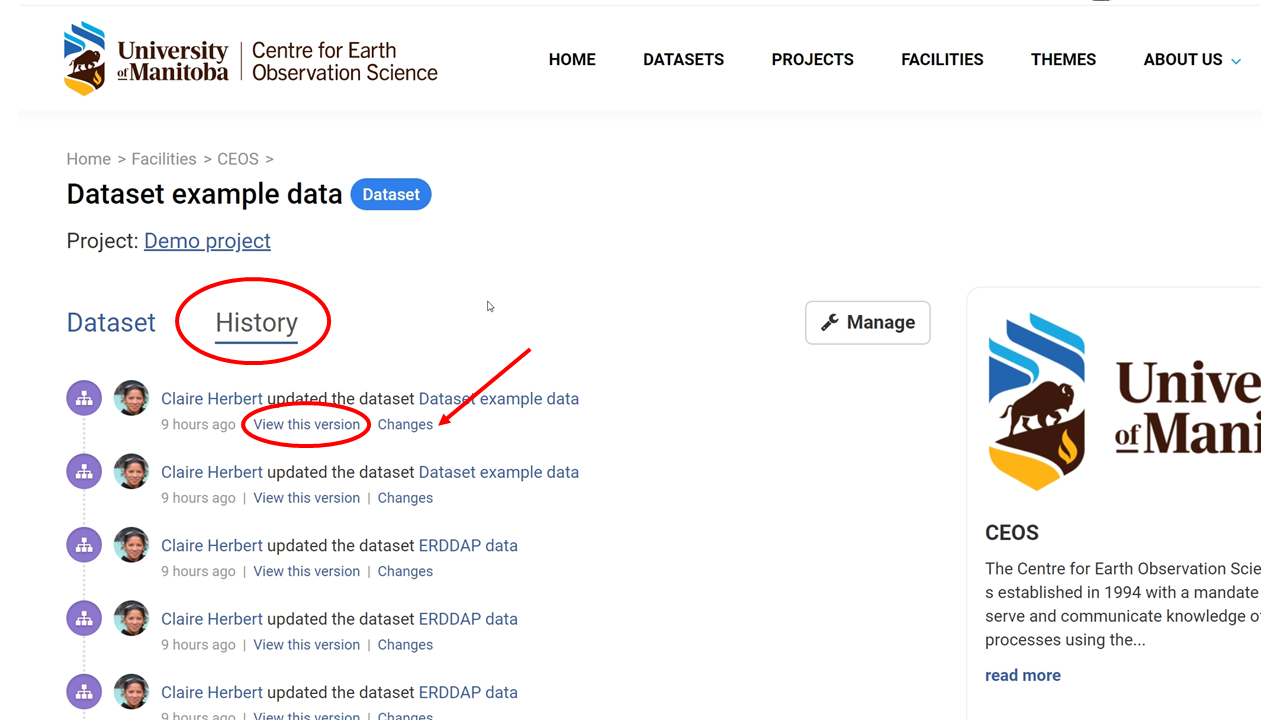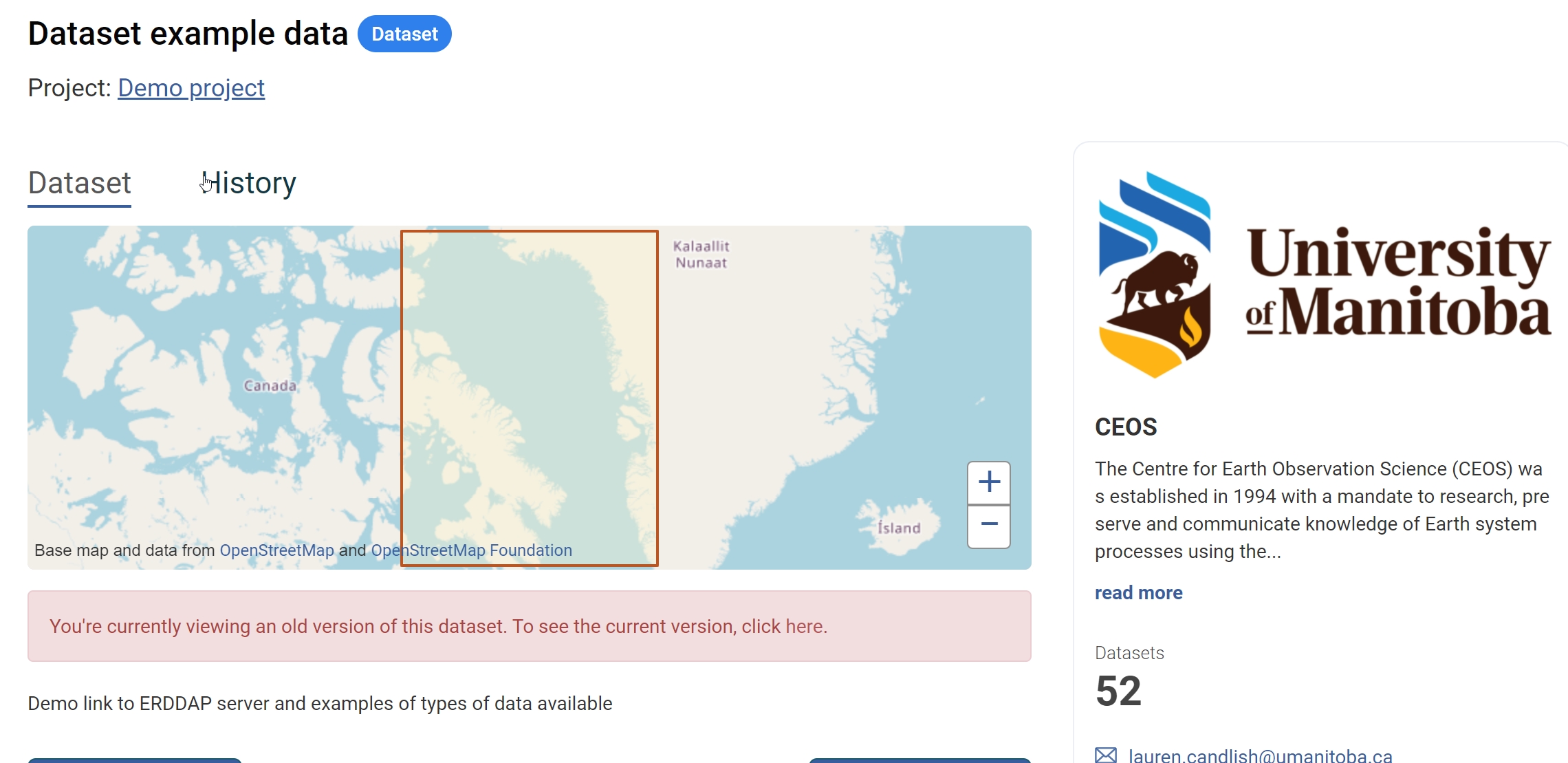What are data?
Research datasets and tools that relate to those datasets have a value of their own, regardless of whether they are associated with published peer-reviewed literature.This means the datasets can have their own authors, permanenet identifiers (PID) and description.
In CanWIN, we have datasets, data files and collections. A data file can originate from an instrument or piece of equipment with multiple components that produce data. Hence, data can come as a single file (.csv or .xlsx) or as a combination of files (i.e. zipped folder).

A data file may be any format, but are typically in the form of a spreadsheet (.csv or xlsx), script, image, document, or other resource that you want to make available for the purpose of advancing scientific knowledge. Multiple resources may be included as part of a single dataset (e.g. zip folder), depending on how you wish to define and describe your data.
Even if your data is not ready to share, you can share the “metadata” (the Who, What, When, Where and Why about your data) with others so they know about your work.
How to View a Dataset
CanWIN data is organized via a hierarchy. Projects are the highest level of information available. Projects can have many sub-projects associated with them. Datasets can be associated into collections of the same type (e.g. Namao CTD datasets) or be individual files.
You can search for projects directly by selecting Project from the top bar menu, or you can click the Dataset menu item to search all datasets. To view a project or dataset, click on the title.
A dataset or project can be made up of multiple resources. The resources can be viewed by clicking on the right hand arrow on the right hand side of each heading, which is expandable if there is more information available. A resource is categorized by type as either data, raw data, scripts, documents, supplemental or web services.

You can find out more about finding and viewing data in the Finding Data Section.
Understanding the Data
Every CanWIN dataset or project contains at minimum the following information:
- Description - the dataset description provides a summary of the data as provided by the data publisher.
- Metadata Statement - the metadata statement provides the who, what, when, where, and why for the data. It includes information such as the data authors and curator, keywords, temporal and spatial extent - the geographical area covered by the data - and any limitations on how it is to be used.
The Metadata is provided in human readable PDF (document) and html formats as well as machine readable formats such as XML and schema.org. Click here to learn how to download this resource.
Viewing changes to a dataset
Each dataset and project page contains a History tab at the top. By clicking on this tab users can view a record of changes made by clicking on the Changes option, or they can view the previous version by clicking on View this version.

Once you have selected a version to view, you are returned back to the dataset page view. Here you can see the layout of the page (below) prior to edits made in the timeline (above).
